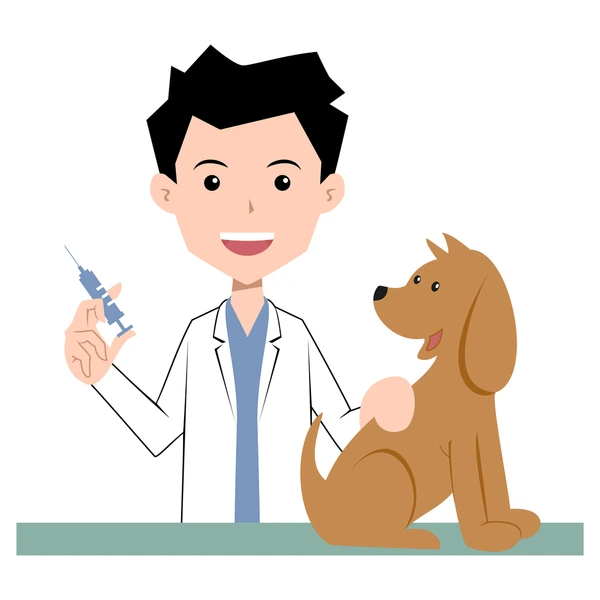2. Why Vaccines Are Important?
Vaccines are one of the most powerful tools in modern veterinary medicine. They help protect pets from life-threatening diseases such as rabies, canine distemper, parvovirus, and feline leukemia. Instead of waiting for illness to strike, vaccines prepare the immune system to recognize and fight harmful pathogens before they can cause damage.
Without vaccines, many of these diseases would spread rapidly, causing suffering and even death among pets. For example, rabies is not only fatal for animals but also poses a serious public health risk to humans. That is why rabies vaccination is mandatory in many countries, as it protects both pets and society.
Vaccination also contributes to what is known as herd immunity. When most pets in a community are protected, the overall spread of disease is greatly reduced. This means even unvaccinated animals — such as very young puppies, kittens, or pets with weak immune systems — benefit indirectly from the protection of others.
Another critical point is the economic benefit. Treating serious illnesses like parvovirus infections or feline distemper can be extremely costly, with no guarantee of success. In contrast, vaccines are affordable, quick, and far less stressful for both pets and owners.
